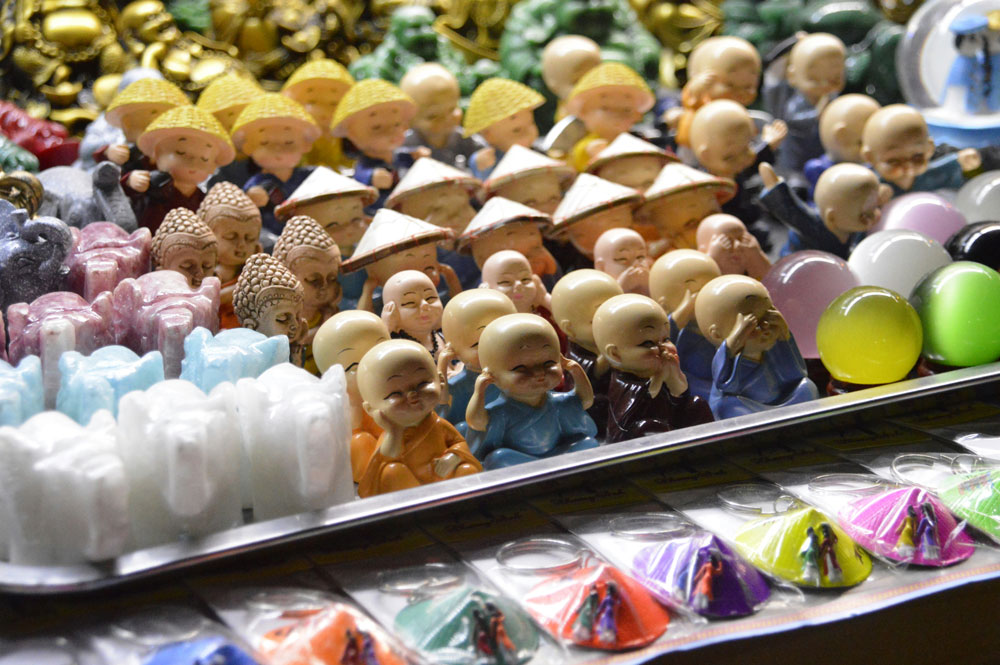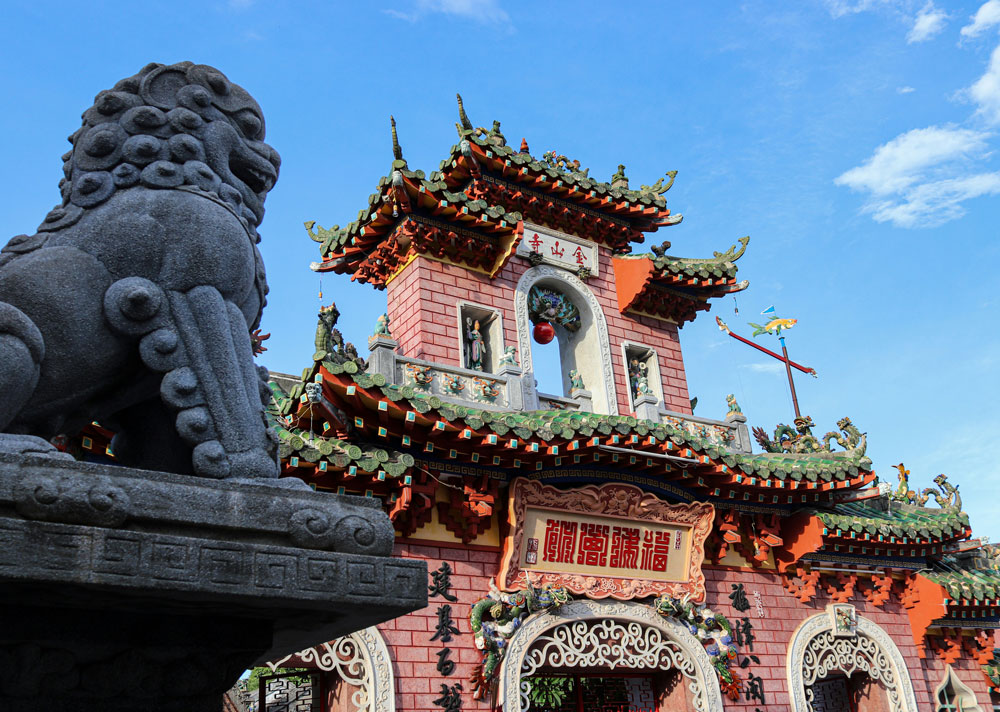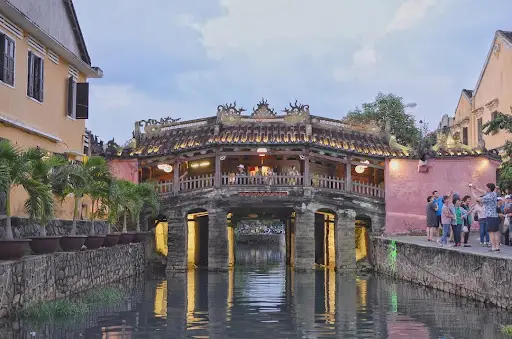Hội An Night Market
The Hội An Night Market, a bustling and vibrant affair, offers an authentic slice of Vietnamese culture with over 150 stalls lining Nguyen Hoang Street. This 300-meter-long market near the Old Town becomes alive after sunset, buzzing with locals and tourists alike. The market is known for its array of local snacks, trinkets, clothing, and notably, its sparkling lanterns that add a magical touch to the evening atmosphere.
One of the market’s highlights is its food stalls, offering a variety of street foods that tantalize the taste buds. From traditional Vietnamese dishes to quick bites, the market is a haven for foodies. Moreover, the market’s aesthetic appeal is significantly enhanced by the myriad of lanterns that illuminate the night, making it a popular spot for photography and a must-visit for Instagram enthusiasts. The lantern corner, in particular, draws visitors in with its wide selection of lanterns in various shapes, sizes, and colors.
When planning your visit, note that the market operates from 5 pm to 10 pm, with the busiest hours between 7 and 9 pm. It’s advisable to be mindful of your belongings during these peak times due to the crowded nature of the market. The market’s close proximity to Hoi An’s Old Town makes it easily accessible by foot, and for those venturing from further afield, there are ample parking options nearby.




